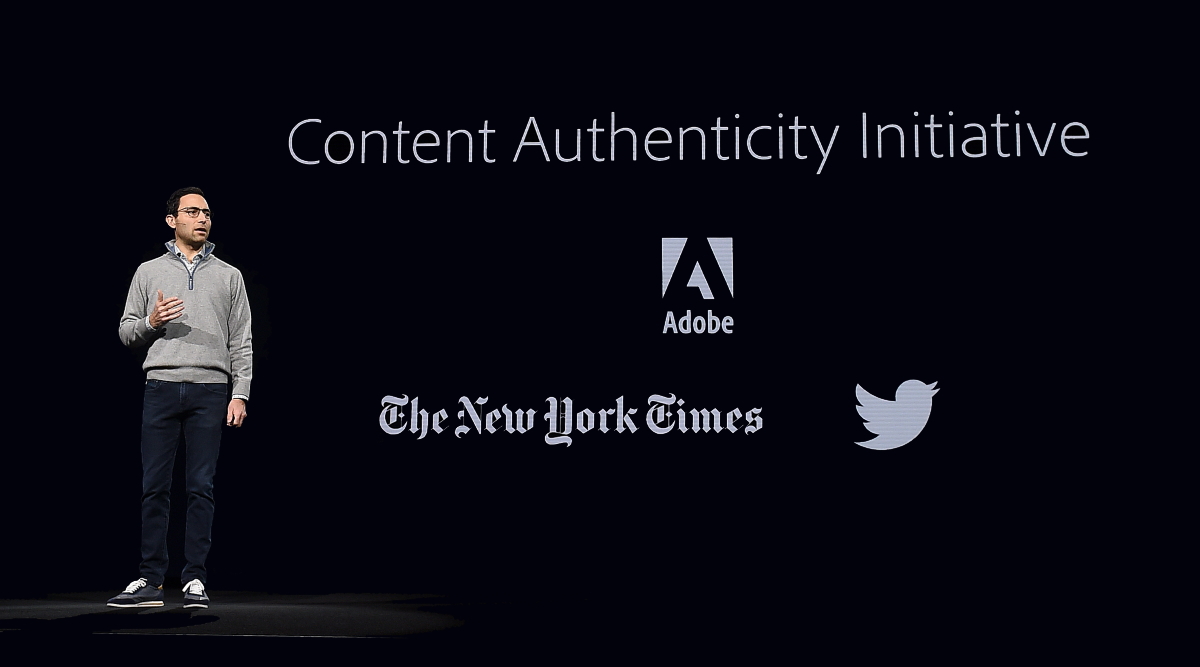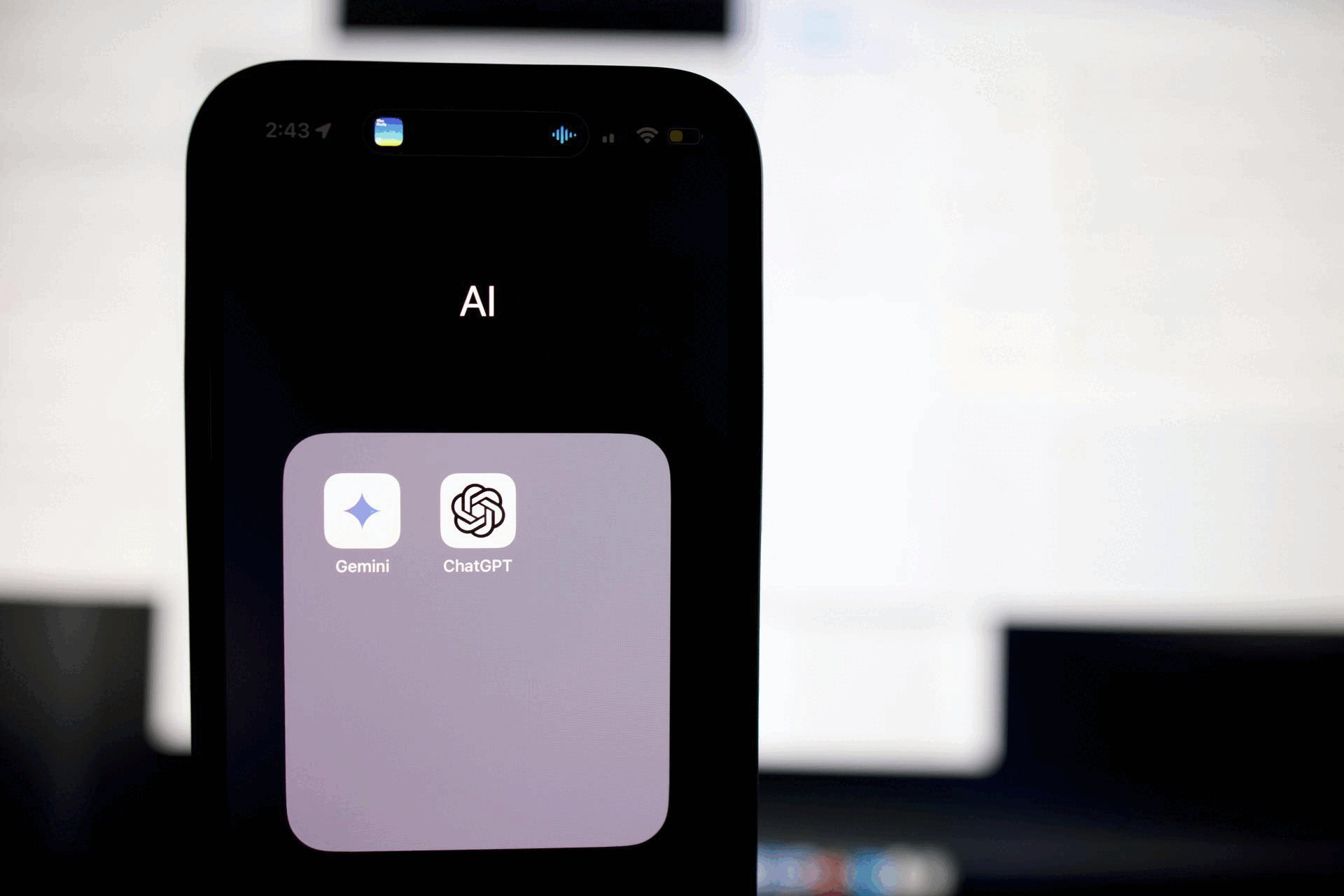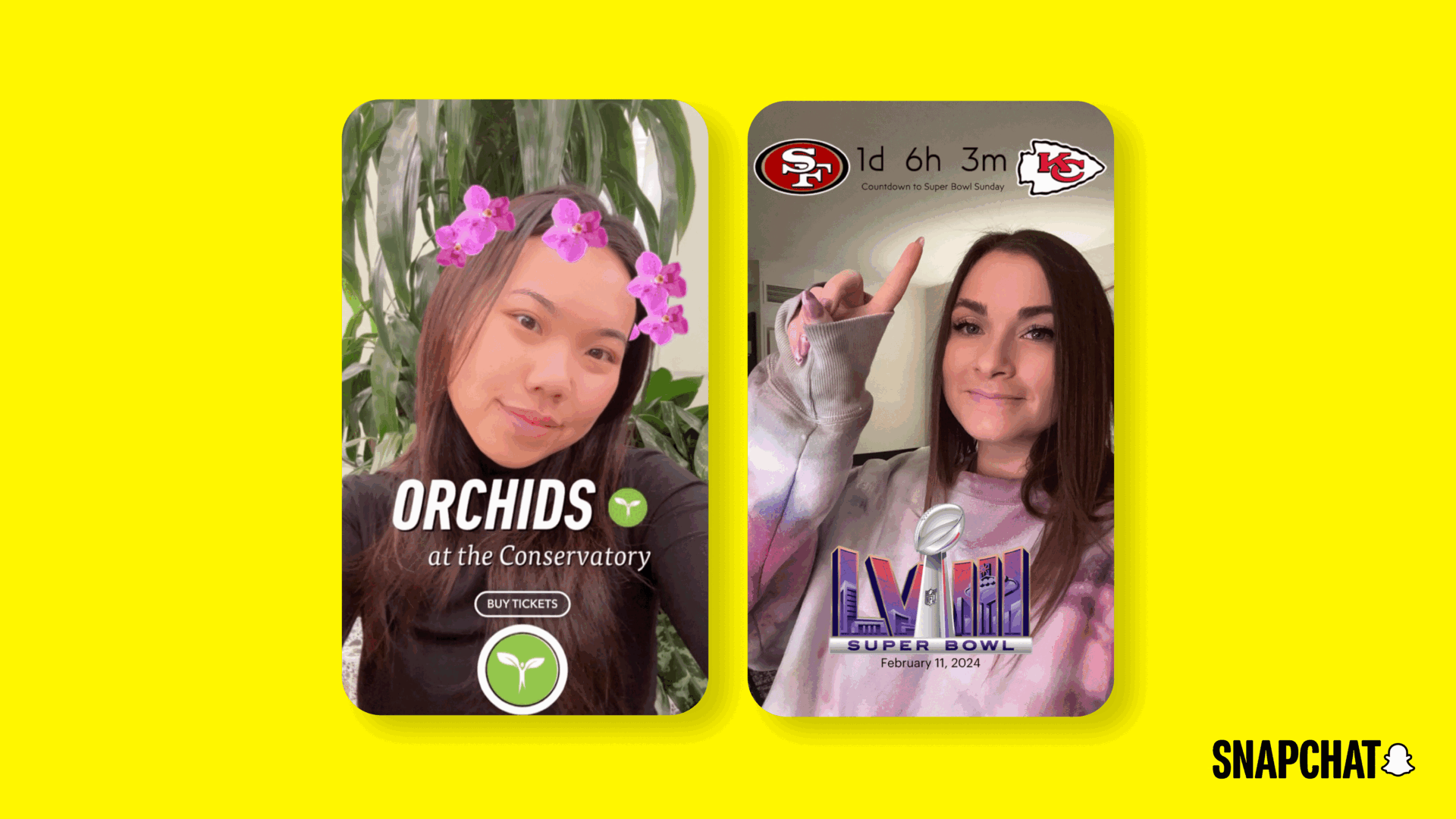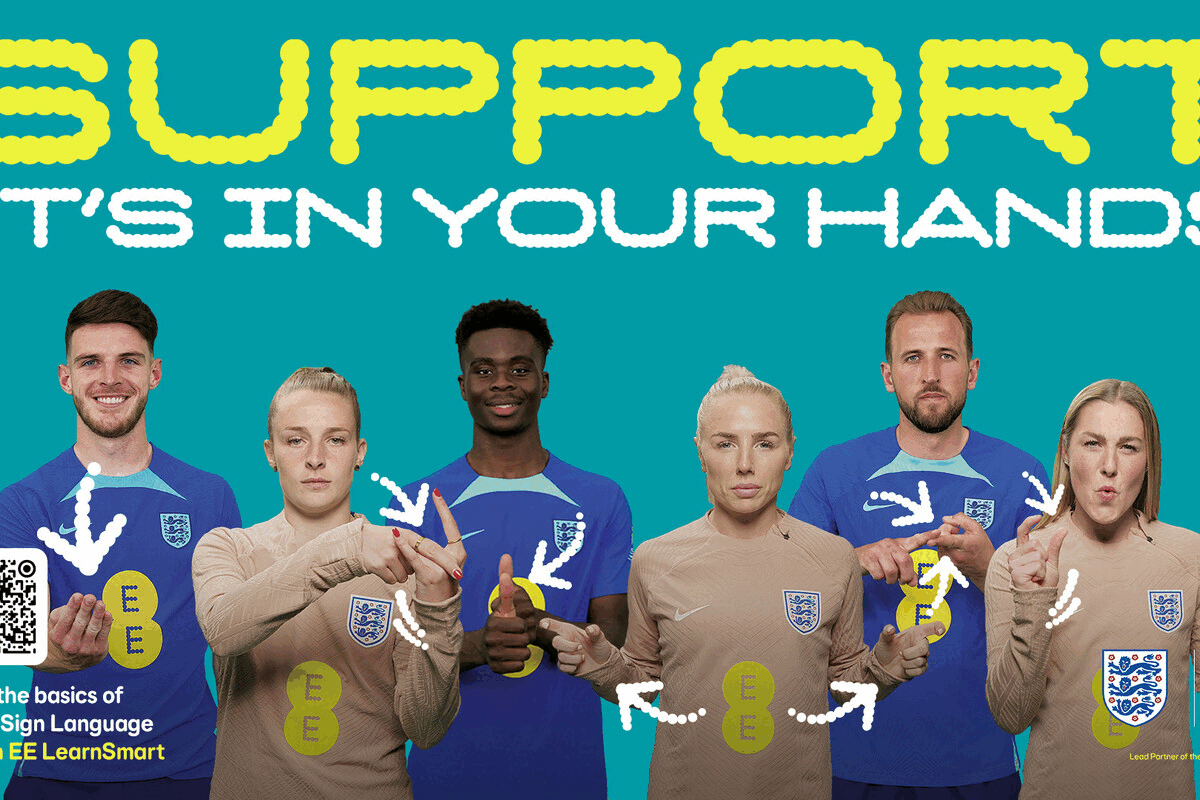Adobe, Twitter, New York Times join forces to fight fake content
- Tuesday, November 5th, 2019
- Share this article:

The New York Times and Twitter have teamed up with Adobe to launch an initiative aimed at ridding the internet of digital fakery by providing creators with proper attribution.
The Content Authenticity Initiative will look to develop an industry standard for digital content attribution. Adobe is developing an opt-in system to enable creators and publishers to attach attribution data to the content they share, which will enable content to be verified and reassure consumers that they are viewing authentic content.
“With the proliferation of digital content, people want to know the content they’re seeing is authentic,” said Dana Rao, executive vice president and general counsel at Adobe. “While this is a formidable challenge, we are thrilled to be championing the adoption of an industry-wide content attribution system, along with The New York Times Company and Twitter. It is critical for technology and media companies to come together now in order to empower consumers to better evaluate and understand content online.”
Adobe has unveiled a prototype of what the technology could look like within Photoshop. Plans are to launch the initiative at a summit in the ‘coming months’ alongside other companies.
“Discerning trusted news on the internet is one of the biggest challenges news consumers face today,” said Marc Lavallee, head of research & development at The New York Times Company. “Combating misinformation will require the entire ecosystem—creators, publishers and platforms—to work together. This initiative lays the groundwork for doing that through open standards and protocols.”
Del Harvey, vice president for global trust and safety at Twitter, added: “Were excited to work with Adobe and The New York Times Company to find new and innovative ways to support our existing efforts. Everyone has a role to play in information quality and media literacy. Collaboration on issues as complex as this is key—we welcome the partnership.”
















